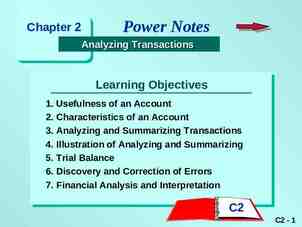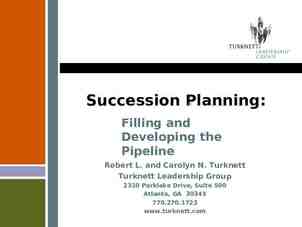Software Architecture premaster course 1
42 Slides2.55 MB

Software Architecture premaster course 1

Israa Mosatafa Islam Neveen Adel Mohamed Omnia Ibrahim Ahmed Dr Hany Ammar 2

Introduction Representations Styles Architecture description language Conclusion 3

Introduction Representations Styles Architecture description language Conclusion 4

Is the study of the structure of large software systems. It concerns itself with achieving nonfunctional qualities in large systems. 5

Introduction Representations Styles Architecture description language Conclusion 6

ADD method ATAM method 7

It is Attribute-Driven Design approach to defining a software architecture in which the design process is based on the software’s quality attribute requirements. The method has been used for designing the software architecture of products ranging from embedded to information systems. 8

ADD follows a recursive design process that decomposes a system by applying architectural tactics and patterns that satisfy its driving requirements. This method is based on understanding the relationship between software qualities and the architecture mechanisms used to achieve these qualities. 9

Supporting the earliest stages of the design process where the ability to achieve desired quality attributes is determined. Allowing design to begin early enough in the life cycle to support modern time-tomarket requirements. 10

11

12

Architecture Tradeoff Analysis Method (ATAM) is a risk-mitigation process ATAM is used early in the software development life cycle 13

Clarified quality attribute requirements Improved architecture documentation Documented basis for architectural decisions Identified risks early in the life-cycle Increased communication among stakeholders 14

15

1. Present ATAM - Present the concept of ATAM to the stakeholders, and answer any questions about the process. 2. Present Business Drivers - Everyone in the process presents and evaluates the business drivers for the system in question. 3. Present the Architecture - The architect presents the high level architecture to the team, with an 'appropriate level of detail. 16

4. Identify Architectural Approaches Different architectural approaches to the system are presented by the team, and discussed. 5. Generate Quality Attribute Utility Tree Define the core business and technical requirements of the system, and map them to an appropriate architectural property. Present a scenario for this given requirement. 17

6. 7. 8. 9. Analyze architectural approaches - Analyze each scenario, rating them by priority. The architecture is then evaluated against each scenario. Brainstorm and prioritize scenarios - among the larger stakeholder group, present the current scenarios, and expand. Analyze architectural approaches - Perform step 6 again with the added knowledge of the larger stakeholder community. Present results - provide all documentation to the stakeholders. 18

Introduction Representations Styles Architecture description language Conclusion

It provides a framework on which to base design Style of software architecture is an established pattern of components with a name, such as client-server architecture

1- Pipe and filter:

2- Object-oriented Architecture: The focus is on the different items in the system, modeled as objects, classes etc. Object orientation is one of the most widely spread architectural styles, both in education, industrial practice and science.

3- Layered Architecture:

4- Blackboard Architecture:

5- Client-Server Architecture:

6- Process Control: Real-world systems often control a physical reality, such as control systems in a power plant. There are a number of software paradigms for process control. The significant properties are that the software takes its input from sensors and perform control actions. The control loop may be of feedback or feed-forward type.

7- State Machine:

Introduction Representations Styles Architecture description language Conclusion

provides features for modeling a software system’s conceptual architecture, distinguished from the system’s implementation. capture and represent details of software systems at the architectural level.

DAOP-ADL ACME

Description language used to describe components and aspects, together with the composition rules that govern the weaving of components and aspects. The visual notation of the DAOP-ADL language is CAM (Component-Aspect Model).

Architecture descriptions using DAOP-ADL comprises of the two parts: - Defines standalone components and aspects - Composition specification.

o It is an ADL (Architecture Description Language) that was developed to create a common interchange format in the software engineering community. Provides the following key features: An architectural ontology consisting of basic architectural design elements.

o A flexible annotation mechanism supporting association of non-structural information using externally defined sublanguages. o A type mechanism for abstracting common, reusable architectural idioms and styles. o An open semantic framework for reasoning about architectural descriptions.

A trivial architectural drawing containing a client and server component, connected by an RPC connector.

Acme supports the hierarchical description of architectures any component or connector can be represented by one or more detailed, lower-level descriptions.

Introduction Representations Styles Architecture description language Conclusion

Architecture of a software system is its structures comprising of elements, their external properties, and relationships. Architecture is a high level design. Architecture can be analyzed for various nonfunctional attributes like performance, reliability, security, etc.










